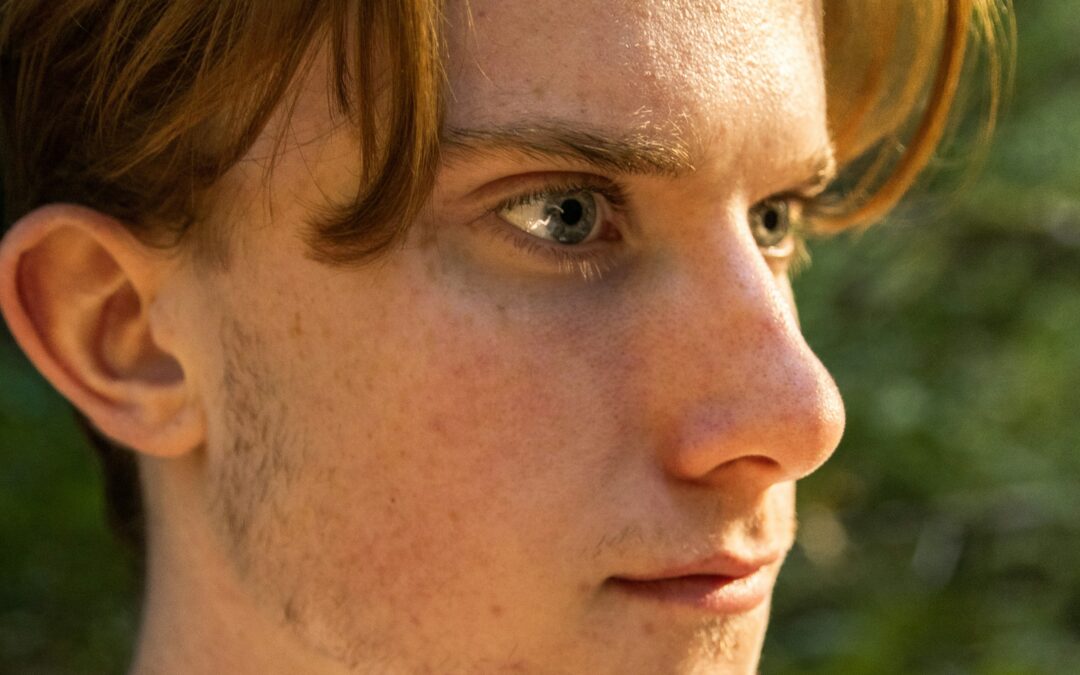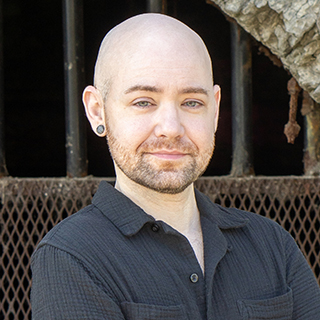A Brainspotting therapy session starts with identifying the issue you want to work on. It may be a long-ago memory or a recent experience, an emotion, a thought, an image, a physical sensation, or something else. You don’t need to focus on a distressing memory; any entry point into the process will work. You and I will talk a bit about the topic and identify how big or overwhelming your feelings, bodily sensations, or thoughts are in the present moment (which we call activation). I will ask: “On a 1-10 scale, where 1 is not at all, how activated do you feel right now?”
We will then work together to identify the brainspot of that activation using a pointer. I will slowly move the pointer across your field of vision, first horizontally, then vertically. You may notice a spot where your activation increases, or I may notice physical responses you have at a certain spot. Once we have found the spot, I will hold the pointer there to help you focus on it. Your whole job is to just notice what happens next. The goal is to be in a state of radical presence, simply observing whatever comes up, and what follows that, and so on. I call this staying on the edge of awareness. I will not try to interpret what I hear or guide you toward any specific topic or thoughts, but I may reflect back what you are sharing or simply remind you to keep noticing. We call this processing on the spot.
Specific considerations
The Brainspotting experience can be very simple, but there are a number of variations I might use in a session. For instance, you might identify more than one spot during the session and process on each. Or you might identify the spot where you feel most grounded or calm instead of most activated and then process while holding that eye position. Sometimes I might ask you to find a spot with just one eye. But the basic approach and principles are the same.
When I do Brainspotting sessions with clients, we often spend the first 5-10 minutes talking about the focus, and the last 5-10 minutes debriefing what came up. So Brainspotting itself often lasts about 35-40 minutes. Some people find that this goes by very quickly, while for others it feels like a lot of time.
Brainspotting can be done virtually, and that has worked well for me (both as therapist and client). Doing it on a screen decreases the available visual field range, so there might be times when I invite you to continue scanning the room beyond your screen.
Brainspotting side effects
Brainspotting works by using the visual spot to tap into stuck stuff (such as memories, thoughts, physical experiences) in your brain. In the community we call it opening a file folder. Something about the eye position makes it possible for your brain to access and release or reorganize this stuff, which reduces distress—often dramatically.
As with any therapy, there are potential side effects to Brainspotting. You may be emotionally or physically worn out after a session, and for a few days following. Any trauma therapy can lead to a temporary increase in strong emotions or flashbacks. But you may also feel increased peacefulness, calm, or release. Every once in a while, someone will feel more dysregulated at the end of a session than at the beginning, but this is unusual. In this case, I work with you to find some calmness and reorient to the present before the session ends.
Brainspotting vs. EMDR
I want to note an important difference between Brainspotting and EMDR. In Brainspotting, you do not need to pay attention to, or even be aware of, a traumatic event itself. Simply focusing on whatever emotions, thoughts, or bodily sensations you are aware of in the present is enough to do the processing. EMDR sometimes asks you to look at memories or past experiences. If you compare Brainspotting and EMDR, Brainspotting generally has fewer and less intense side effects.
Are you looking for a Brainspotting therapist in MN? Send me a message to talk about if this form of somatic therapy is right for you.

